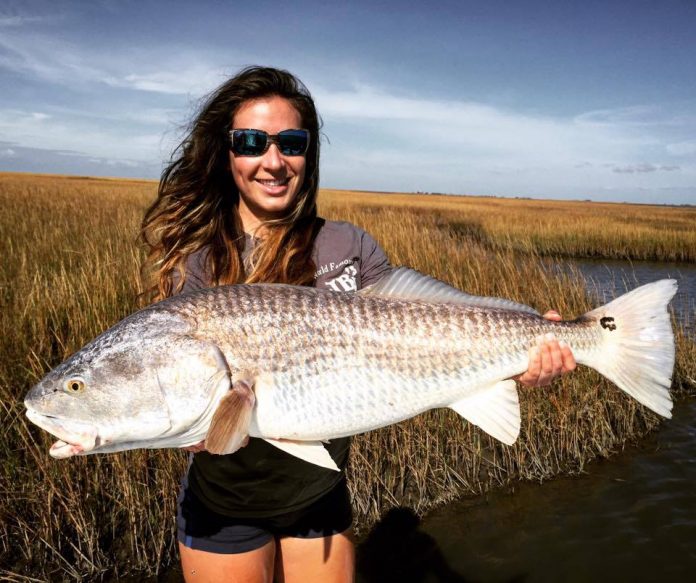Mosquito Lagoon and Indian River Lagoon Coast Fishing Forecast, July 2016
First and foremost, happy Fourth of July, and thank you to all who are currently serving, have served or have paid the ultimate sacrifice allowing us the freedoms we enjoy as Americans.
Summer has officially arrived in Central Florida, and the mid-summer doldrums are currently upon us. It’s also the time of year when tropical weather systems and offshore water temperatures are unpredictable. Just when you think you’ve got the fishing figured out, a summer squall (tropical system) will blow in and kick up the seas, or the cold water Labrador Current will chill bottom water temperatures and shut down the seaward bite. Setting all these possibilities aside, many opportunities for angling adventures exist for us both inside and outside on the lagoon coast in July.
Near-shore, kingfish will be the staple on the reefs and wrecks in 70 to 90 feet of water, with a mixed bag of three, wahoo, dolphin, and an occasional sailfish, thrown in. My preferred method for targeting these species is slow trolling live bait (pogies) on steel stinger rigs in the areas of the Chris Benson, 8A, and Pelican Flats reefs.
On the Port Canaveral buoy line and along the beaches when the water is clean, an assorted beach bag is available with smoker kings (large king mackerel), silver kings (tarpon), sharks, and colossal jacks (school buses) all available at any given time. To target these species, focus your attention in areas of bait concentrations. This past week, pods of large tarpon and sharks were located between Patrick AFB and Satellite Beach. As the month progresses, these fish should begin moving north along the beach to their favorite summertime haunt in the forbidden zone off the bight of the Kennedy Space Center.
In the Port and inlets, Spanish mackerel, summer flounder and mangrove snapper number should remain steady. To target the flounder and snapper, try using DOA Shrimp on a ¼ to ½ ounce jig head in the areas of structure and along sandy drop-offs. For flounder or snapper cast the jig as close to the structure as possible without getting snagged, and let it sink to the bottom. Once it’s reached the bottom, slowly drag it back letting it rest every foot or so. When jigging for Spanish mackerel or other toothy critters, use the same jigs, but retrieve it quickly to avoid getting cut off by not allowing the fish to strike the line.
Inshore, July is one of the best times of the year to catch redfish in shallow water. Schools have already started forming up, and the sight of a feeding school of redfish is incredible. Once you’ve finished drooling over redfish, look for snook, and top water snapper along mangrove edges, and juvenile tarpon in the creeks, canals and backwaters. In deeper water, look for ladyfish and small trout to be shadowing schools of bay anchovies (glass minnows) under clouds of feeding terns. These feeding frenzies are great fun, especially when fly fishing using a top water popping bug. Additionally, Calm conditions are ideal for paddlers wishing to venture back into the No-Motor Zone, where tailing redfish make great targets for both fly and spin anglers.
Remember, as the water temperatures increase, dissolved oxygen levels decrease, so it is important to step up your tackle and line size to facilitate a shorter battle, and to revive your catch completely before releasing it.
As always, if you have any questions or need more information, please contact me.
Good luck and good fishing,
Captain Tom Van Horn
As a lifelong Orlando native, Captain Tom Van Horn spent his youthful years tromping through the backwater swamps, lakes, rivers and lagoons of Central Florida with a fishing rod in hand, and things haven’t changed much for him since. Currently working as a professional fishing guide on Central Florida’s St Johns River, east Florida’s Mosquito Lagoon, Indian River Lagoon, Banana River Lagoon No-Motor Zone and the near-shore fisheries of Port Canaveral.
- January 2021:Tom Van Horn - December 31, 2020
- December, Tom Van Horn - December 1, 2020
- Tom Van Horn:November - October 30, 2020











